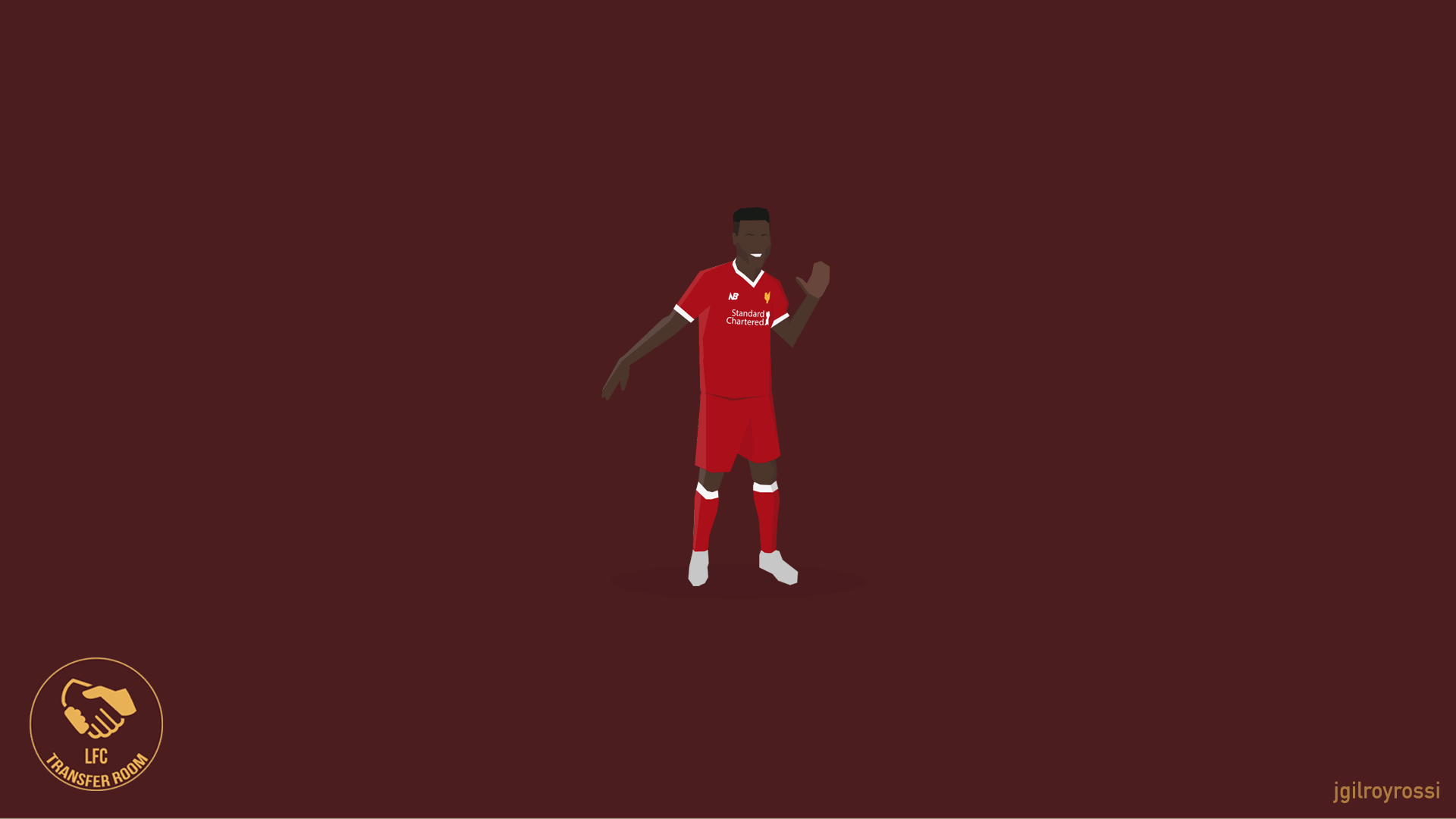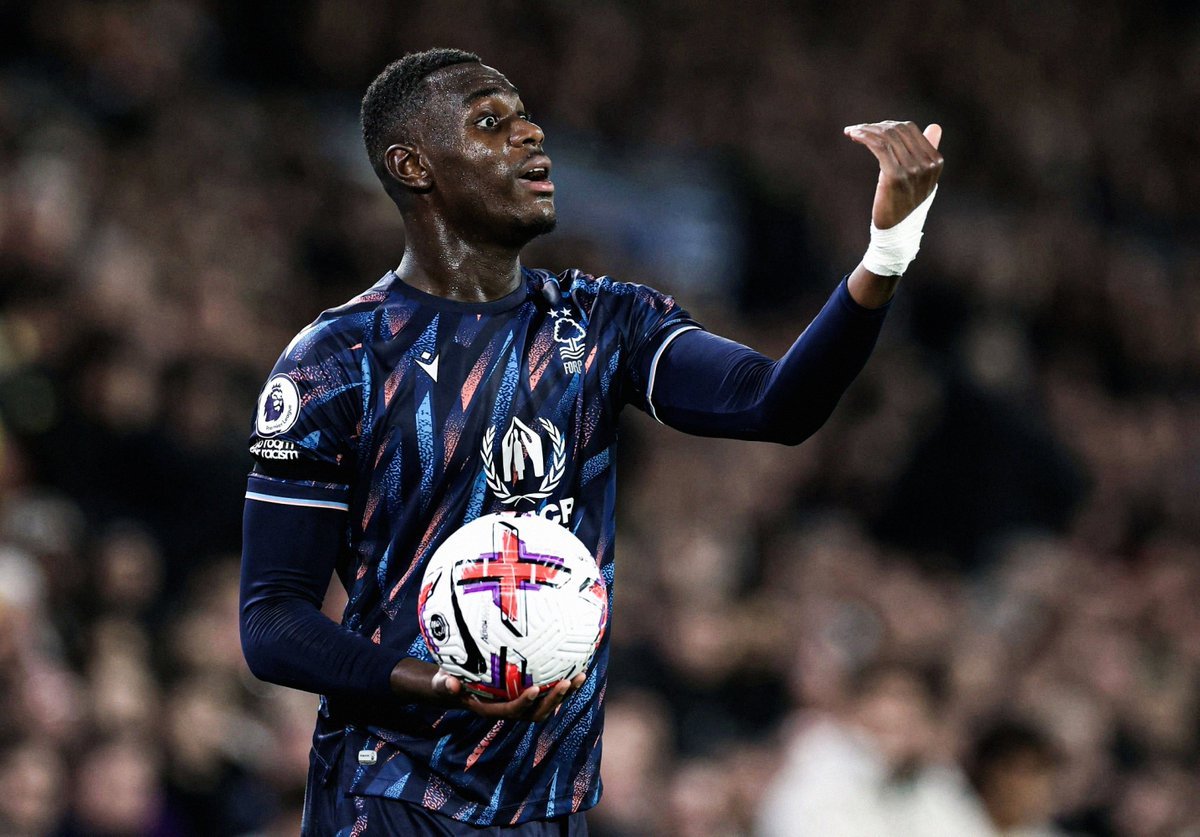LFC transfer room has become one of the most discussed topics in the football world. The transfer market plays a crucial role in shaping the success of any football club, and Liverpool FC (LFC) is no exception. Whether it's signing new players or offloading existing ones, the Reds' transfer strategy is always under scrutiny by fans and analysts alike. Understanding the intricacies of the LFC transfer room can provide valuable insights into the club's future plans and ambitions.
The football transfer market is a highly dynamic space where clubs compete to acquire the best talent. For LFC, the transfer room represents a strategic hub where decisions that impact the club's performance on and off the field are made. Fans eagerly anticipate updates from this space, hoping for signings that will bolster the team's strength and improve their chances of winning trophies.
As we delve deeper into the world of LFC transfer room activities, it becomes clear that the club's approach to transfers is rooted in careful planning, analysis, and a commitment to maintaining high standards. In this article, we will explore various aspects of the LFC transfer room, including its history, key figures, strategies, and recent developments. Whether you're a die-hard Liverpool supporter or simply interested in football transfers, this guide promises to be an informative read.
Read also:Shawty Baeleaks The Truth Behind The Controversy
Table of Contents
- The History of LFC Transfer Room
- Key Figures in the LFC Transfer Room
- Transfer Strategies of Liverpool FC
- Recent Transfers and Their Impact
- Understanding the LFC Transfer Budget
- The Role of Scouting in LFC Transfers
- Competitors in the Transfer Market
- Fan Engagement with LFC Transfer News
- The Future of LFC Transfer Room
- Conclusion
The History of LFC Transfer Room
Liverpool FC has a rich history when it comes to player transfers. Over the decades, the club has made some of the most iconic signings in football history. From the legendary Kenny Dalglish to more recent stars like Mohamed Salah and Virgil van Dijk, the LFC transfer room has been instrumental in shaping the club's success.
One of the defining moments in the history of the LFC transfer room was the signing of Luis Suárez in 2011. Despite initial skepticism, Suárez went on to become one of the club's top scorers, leading Liverpool to a Champions League spot and revitalizing the team's attacking prowess. Such strategic acquisitions highlight the club's ability to identify and secure top talent.
Iconic Transfers in LFC History
- Kenny Dalglish - A pivotal signing that brought stability and success in the 1970s and 80s.
- Robbie Fowler - Known as "God" by Liverpool fans, Fowler's arrival marked the beginning of a new era.
- Steven Gerrard - A homegrown talent, but his development was heavily influenced by the club's transfer strategies.
Key Figures in the LFC Transfer Room
The LFC transfer room is not just about players; it's also about the people behind the scenes who make the decisions. Key figures such as Jürgen Klopp, the club's manager, and Michael Edwards, the former sporting director, have played significant roles in shaping the club's transfer policies.
Jürgen Klopp, known for his tactical brilliance, has been instrumental in identifying players who fit his style of play. His influence extends beyond the pitch, as he often participates in discussions about potential signings. Michael Edwards, on the other hand, brought a data-driven approach to transfers, revolutionizing the way Liverpool FC operates in the market.
Current Key Figures
- Jürgen Klopp - Manager and tactical visionary.
- Julian Ward - Current sporting director, succeeding Michael Edwards.
- Graeme Jones - First-team coach and key advisor in transfer decisions.
Transfer Strategies of Liverpool FC
Liverpool FC employs a multi-faceted approach to its transfer activities. The club focuses on identifying undervalued talent, investing in young prospects, and making high-impact signings. This strategy has proven effective, as evidenced by the success of players like Trent Alexander-Arnold and Alisson Becker.
Another critical aspect of the LFC transfer strategy is the emphasis on player development. The club invests in facilities and coaching staff to ensure that young players reach their full potential. This long-term vision sets Liverpool apart from many of its competitors in the Premier League.
Read also:Theo James Nude A Comprehensive Look At The Actors Career And Controversies
Long-Term Vision in Transfers
Liverpool's transfer strategy is not just about immediate results; it's about building a sustainable model for success. The club prioritizes players who align with its values and culture, ensuring that new signings integrate seamlessly into the team.
Recent Transfers and Their Impact
In recent years, Liverpool FC has made several high-profile transfers that have significantly impacted the team's performance. The signing of Virgil van Dijk in 2018 transformed the club's defense, leading to a Champions League victory and a Premier League title. Similarly, the arrival of Mohamed Salah redefined Liverpool's attacking play, making them one of the most feared teams in Europe.
Other notable transfers include the acquisition of Luis Díaz, who has added depth and creativity to the attack, and Darwin Núñez, who promises to be a key player in the future. These signings reflect the club's ability to adapt and evolve in a rapidly changing football landscape.
Impact of Recent Transfers
- Virgil van Dijk - Stabilized the defense and led to multiple trophies.
- Mohamed Salah - Revolutionized the attack and became a club legend.
- Luis Díaz - Added flair and versatility to the midfield.
Understanding the LFC Transfer Budget
The LFC transfer budget is a closely guarded secret, but it is evident that the club operates with financial prudence. Liverpool FC adheres to the principles of Financial Fair Play (FFP), ensuring that its spending is sustainable and aligned with revenue generation.
Revenue from broadcasting rights, commercial partnerships, and matchday income contributes significantly to the transfer budget. Additionally, the club generates funds through player sales, allowing it to reinvest in the squad while maintaining financial stability.
Factors Influencing the Transfer Budget
- Revenue from broadcasting rights and sponsorships.
- Profits from player sales and loans.
- Financial Fair Play regulations.
The Role of Scouting in LFC Transfers
Scouting plays a vital role in the LFC transfer room. The club employs a team of scouts who travel the globe in search of promising talent. Advanced data analytics and video analysis are used to evaluate potential signings, ensuring that only the best players are brought into the squad.
Scouting is not limited to identifying new players; it also involves monitoring the development of current squad members. This comprehensive approach allows Liverpool FC to make informed decisions about player retention, loans, and sales.
Innovative Scouting Methods
Liverpool FC has embraced technology to enhance its scouting capabilities. The use of data analytics and machine learning algorithms helps the club identify patterns and trends that may not be immediately apparent through traditional scouting methods.
Competitors in the Transfer Market
In the competitive world of football transfers, Liverpool FC faces stiff competition from other top clubs. Manchester City, Manchester United, Chelsea, and Arsenal are among the rivals vying for the same talent. This competition drives up transfer fees and complicates negotiations.
To stay ahead, Liverpool FC focuses on building strong relationships with agents and clubs, ensuring that it remains a preferred destination for top players. The club's reputation for nurturing talent and offering a competitive playing environment is a significant advantage in attracting new signings.
Strategies to Outsmart Competitors
- Building strong relationships with agents and clubs.
- Offering long-term development opportunities for young players.
- Promoting the club's culture and values to potential signings.
Fan Engagement with LFC Transfer News
Transfer news is a source of excitement and anticipation for Liverpool fans worldwide. Social media platforms like Twitter and Instagram are abuzz with speculation and rumors during the transfer window. The club actively engages with its fanbase, providing official updates and insights into the transfer process.
Fans play an essential role in shaping the perception of transfers, often influencing the club's decisions through their feedback and support. The interaction between the club and its supporters creates a unique dynamic that enhances the overall experience of following Liverpool FC.
How Fans Influence Transfer Decisions
- Providing feedback on potential signings through social media.
- Supporting new signings and helping them settle into the club.
- Participating in fan polls and surveys to voice opinions.
The Future of LFC Transfer Room
Looking ahead, the LFC transfer room is poised to continue its successful run. With a solid foundation in place and a clear vision for the future, Liverpool FC is well-positioned to compete at the highest level. The club's commitment to innovation and player development ensures that it remains a formidable force in the transfer market.
As new challenges arise, the LFC transfer room will adapt and evolve, leveraging technology and data to make smarter, more informed decisions. The club's focus on sustainability and long-term success will guide its transfer activities, ensuring that it remains a beacon of excellence in the football world.
Anticipated Developments
- Increased use of data analytics in scouting and decision-making.
- Expansion of the club's global scouting network.
- Investment in young talent and homegrown players.
Conclusion
In conclusion, the LFC transfer room is a vital component of Liverpool FC's success. Through strategic planning, careful analysis, and a commitment to excellence, the club continues to thrive in the competitive world of football transfers. From iconic signings to innovative strategies, the LFC transfer room has left an indelible mark on the club's history.
We invite you to share your thoughts and opinions in the comments section below. Your feedback is invaluable in helping us improve and expand our coverage of LFC transfer activities. Additionally, feel free to explore other articles on our website for more insights into the world of football.
Thank you for reading, and may the future of Liverpool FC be as bright as its past!


